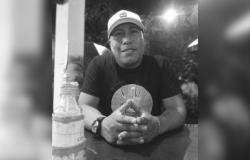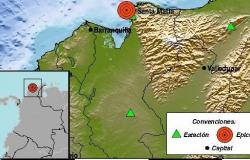It will function as a house for retreats, meetings, coexistence and also as a recovery space for young people with problematic consumption. About 200 people participated in the pruning and cleaning tasks.
About 200 people from the various towns that make up the diocese of Chascomús and some other areas of the region, accompanied by priests and the local bishop, Monsignor Juan Ignacio Liebanacarried out cleaning and pruning tasks in the San José de Gándara monastery, in order to contribute to the reconstruction and enhancement of the Nuestra Señora del Rosario chapel and the entire emblematic monastery, which will function as a house for retreats, social gatherings and , also, as a recovery space for young people with problematic consumption.
The prelate presided over the Eucharistic celebration and, in his homily, remembered Saint Francis of Assisi and his reconstruction of the chapel of San Damiano, and invited “to be part of the restoration of this house and the renewal of the diocesan community.”
The Nuestra Señora del Rosario Chapel was built in the early 1930s, at the request of Mrs. Manuela de Nevares de Monasterio, in memory of her husband, while the monastery is the work of architect Alejandro Bustillo.
Between 1939 and 1954, the building functioned as a seminary for the Augustinian Recollects; later, it was the adult vocations seminar of the archdiocese of La Plata; and, later, it became a relevant space for the Cursillos de Cristiandad movement, the Days of Christian Life movement and other Catholic groups.
Thus, in that place, adults and young people were able to meet God, “being very significant in the memory of many,” the Bishopric recalled.
With the creation of the diocese of Chascomús in 1980, the monastery became part of the heritage of that ecclesiastical jurisdiction.+
#Colombia






